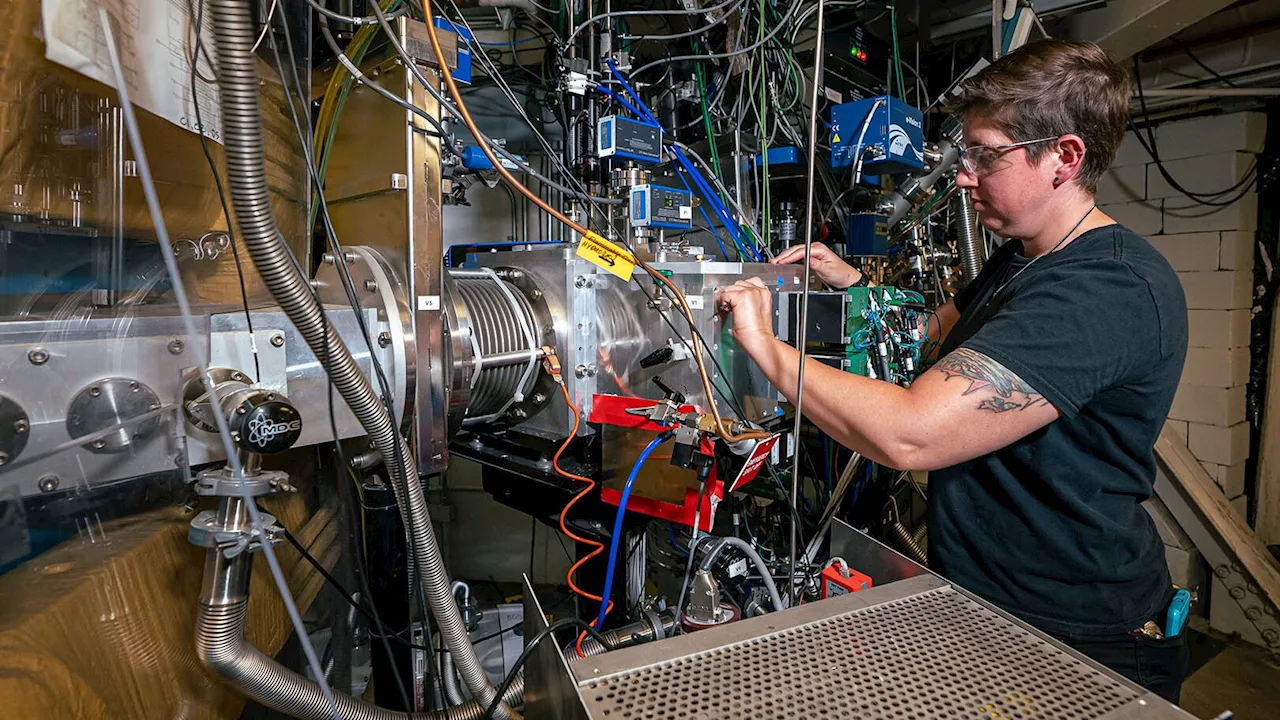The experiment paves the way to potentially making an entirely new one: element 120, also known as the 'island of stability.'
A team of scientists at the Lawrence Berkeley National Laboratory in California announced today that it created livermorium, or element 116, using a titanium particle beam for the first time.
“We needed for nature to be kind, and nature was kind,” said Reiner Kruecken, director of nuclear science at Berkeley Lab, in a laboratory release. “We think it will take about 10 times longer to make 120 than 116. It’s not easy, but it seems feasible now.”The researchers used a beam of titanium-50 in the attempt to generate element 116, livermorium. They succeeded, making it the heaviest element yet made at Berkeley Lab.
To turn the titanium into a beam, the scientists heated up a chunk of the element until it began to vaporize at nearly 3,000 degrees Fahrenheit . Then, the team bombarded the titanium with microwaves, removing 22 of its electrons and readying the ions to be accelerated in Berkeley Lab’s The titanium ions were aimed at a target—plutonium in this case—and trillions of the ions hit the target per second to fuse into an entirely different element. The team ultimately made two livermorium atoms across 22 days of operations. Using titanium in a beam is a new way of making heavier elements; previously, elements 114 through 118 had been made with a beam of calcium-48.
United States Latest News, United States Headlines
Similar News:You can also read news stories similar to this one that we have collected from other news sources.
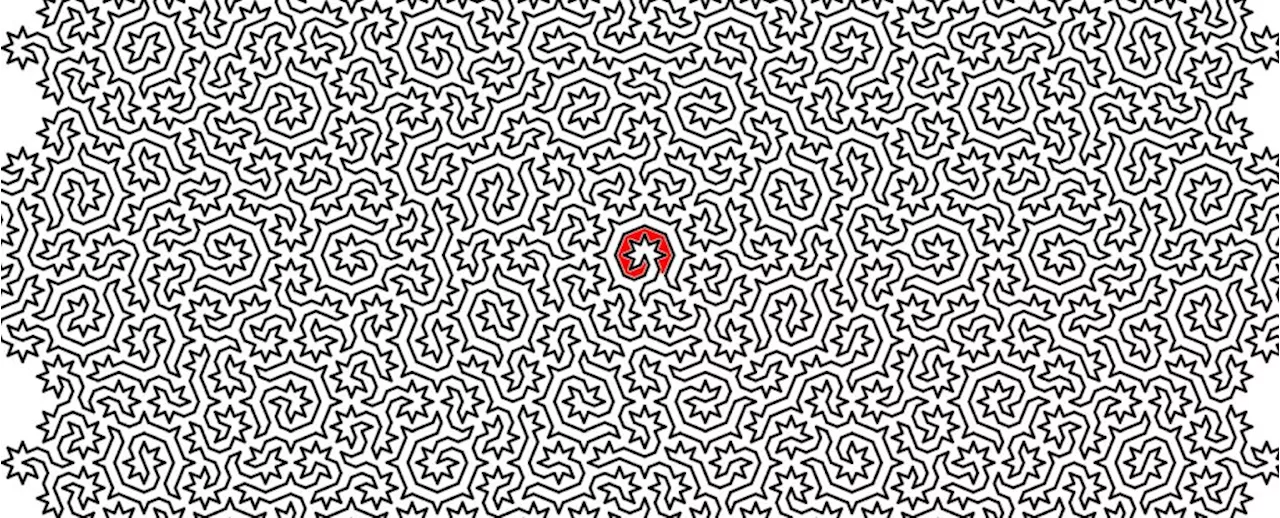 Physicists Have Created The World's Most Fiendishly Difficult MazeThe Best in Science News and Amazing Breakthroughs
Physicists Have Created The World's Most Fiendishly Difficult MazeThe Best in Science News and Amazing Breakthroughs
Read more »
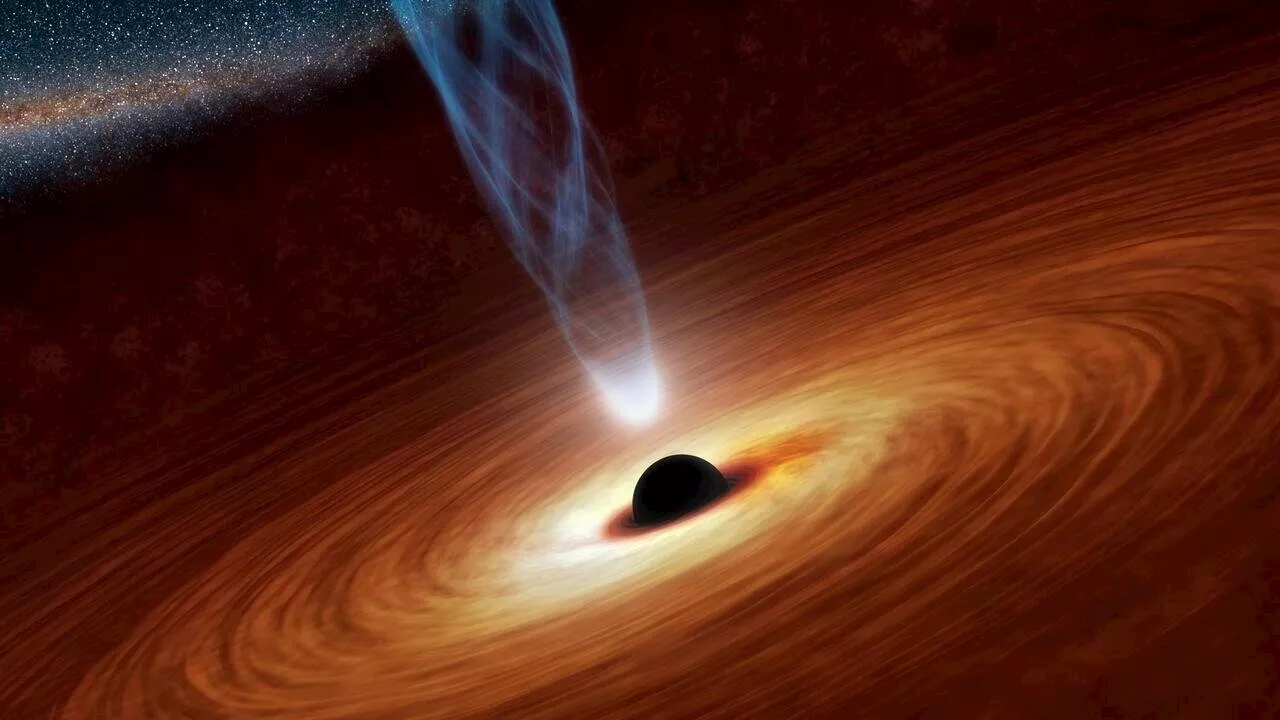 Quantum effects forbid the formation of black holes from high concentrations of intense light, say physicistsFor the last seven decades, astrophysicists have theorized the existence of 'kugelblitze,' black holes caused by extremely high concentrations of light.
Quantum effects forbid the formation of black holes from high concentrations of intense light, say physicistsFor the last seven decades, astrophysicists have theorized the existence of 'kugelblitze,' black holes caused by extremely high concentrations of light.
Read more »
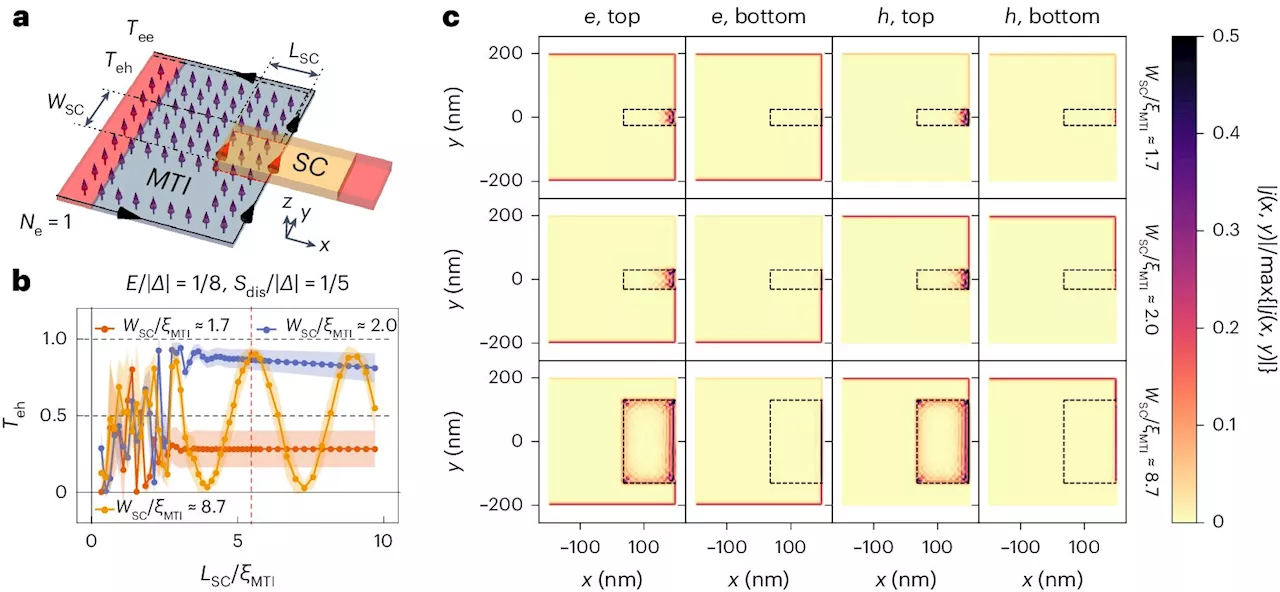 Physicists move one step closer to topological quantum computingA team of experimental physicists led by the University of Cologne have shown that it is possible to create superconducting effects in special materials known for their unique edge-only electrical properties.
Physicists move one step closer to topological quantum computingA team of experimental physicists led by the University of Cologne have shown that it is possible to create superconducting effects in special materials known for their unique edge-only electrical properties.
Read more »
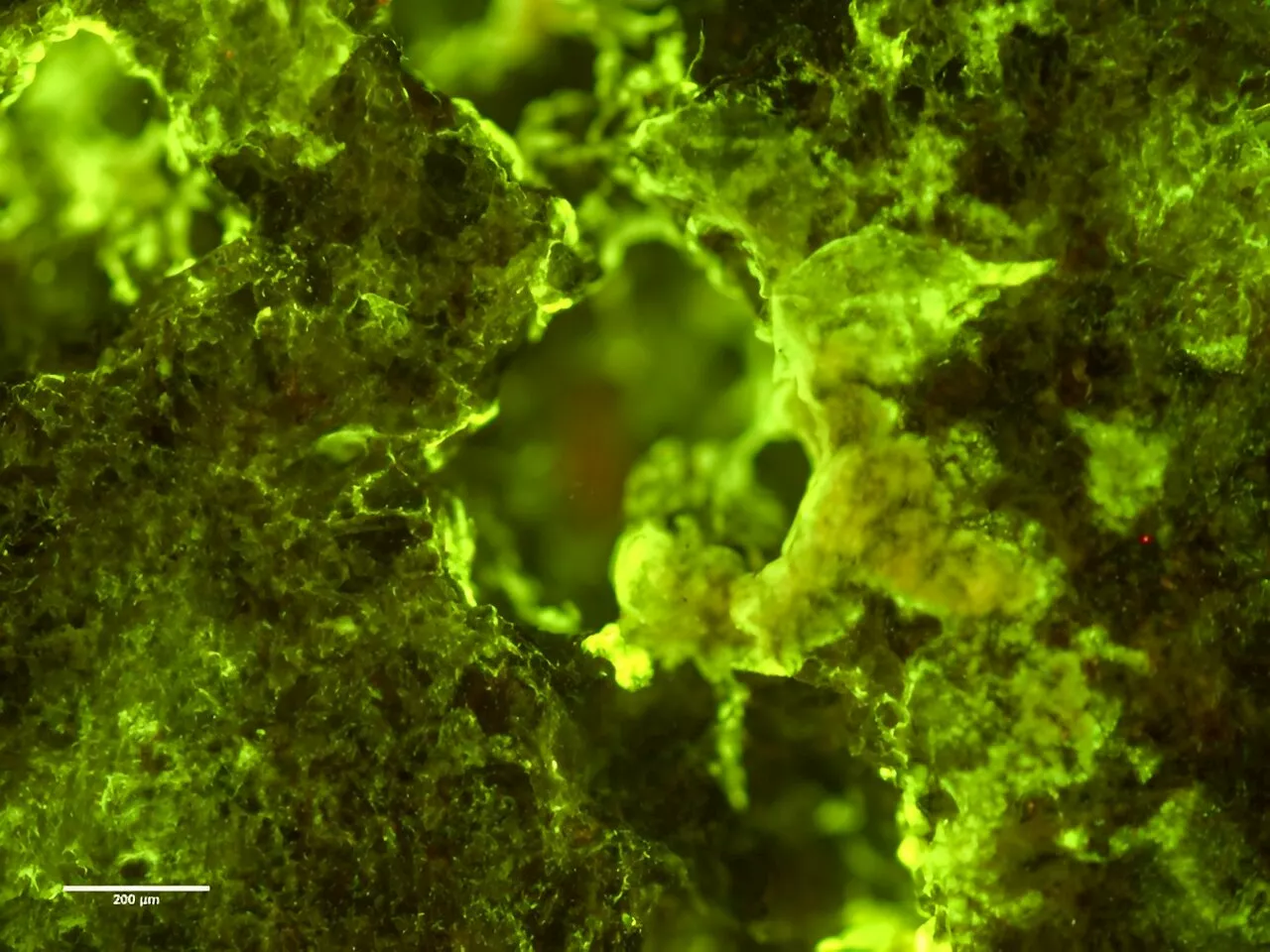 The geometry of life: Physicists determine what controls biofilm growthFrom plaque sticking to teeth to scum on a pond, biofilms can be found nearly everywhere. These colonies of bacteria grow on implanted medical devices, our skin, contact lenses, and in our guts and lungs. They can be found in sewers and drainage systems, on the surface of plants, and even in the ocean.
The geometry of life: Physicists determine what controls biofilm growthFrom plaque sticking to teeth to scum on a pond, biofilms can be found nearly everywhere. These colonies of bacteria grow on implanted medical devices, our skin, contact lenses, and in our guts and lungs. They can be found in sewers and drainage systems, on the surface of plants, and even in the ocean.
Read more »
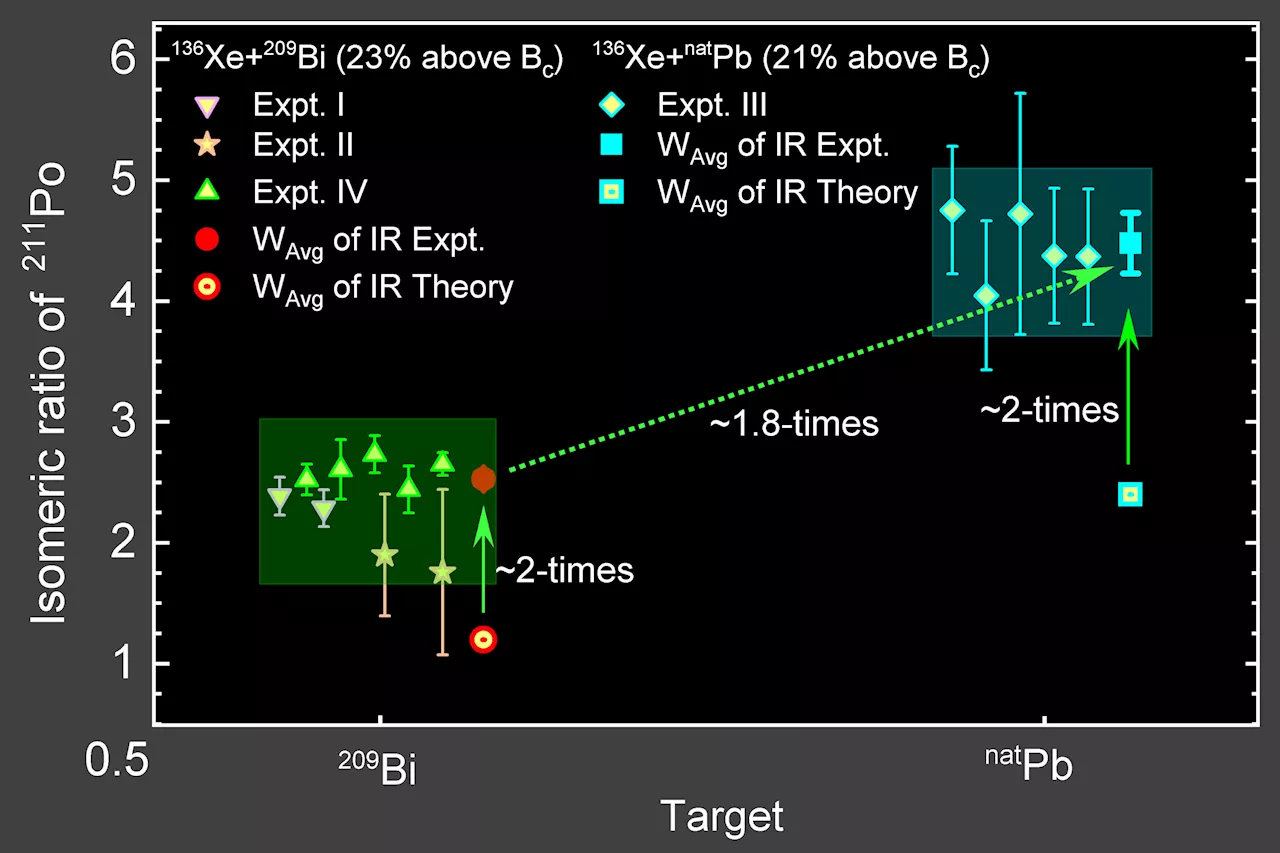 Physicists report first measured isomeric-ratio in multinucleon-transfer reactions: A doorway to access terra incognitaDelving into the intricate properties of heavy neutron-rich nuclei is crucial since they have the potential to reshape our understanding of nuclear physics and astrophysics.
Physicists report first measured isomeric-ratio in multinucleon-transfer reactions: A doorway to access terra incognitaDelving into the intricate properties of heavy neutron-rich nuclei is crucial since they have the potential to reshape our understanding of nuclear physics and astrophysics.
Read more »
 Physicists Create 'Impossible' Time Crystal by Blasting Atoms Into BalloonsThe Best in Science News and Amazing Breakthroughs
Physicists Create 'Impossible' Time Crystal by Blasting Atoms Into BalloonsThe Best in Science News and Amazing Breakthroughs
Read more »
